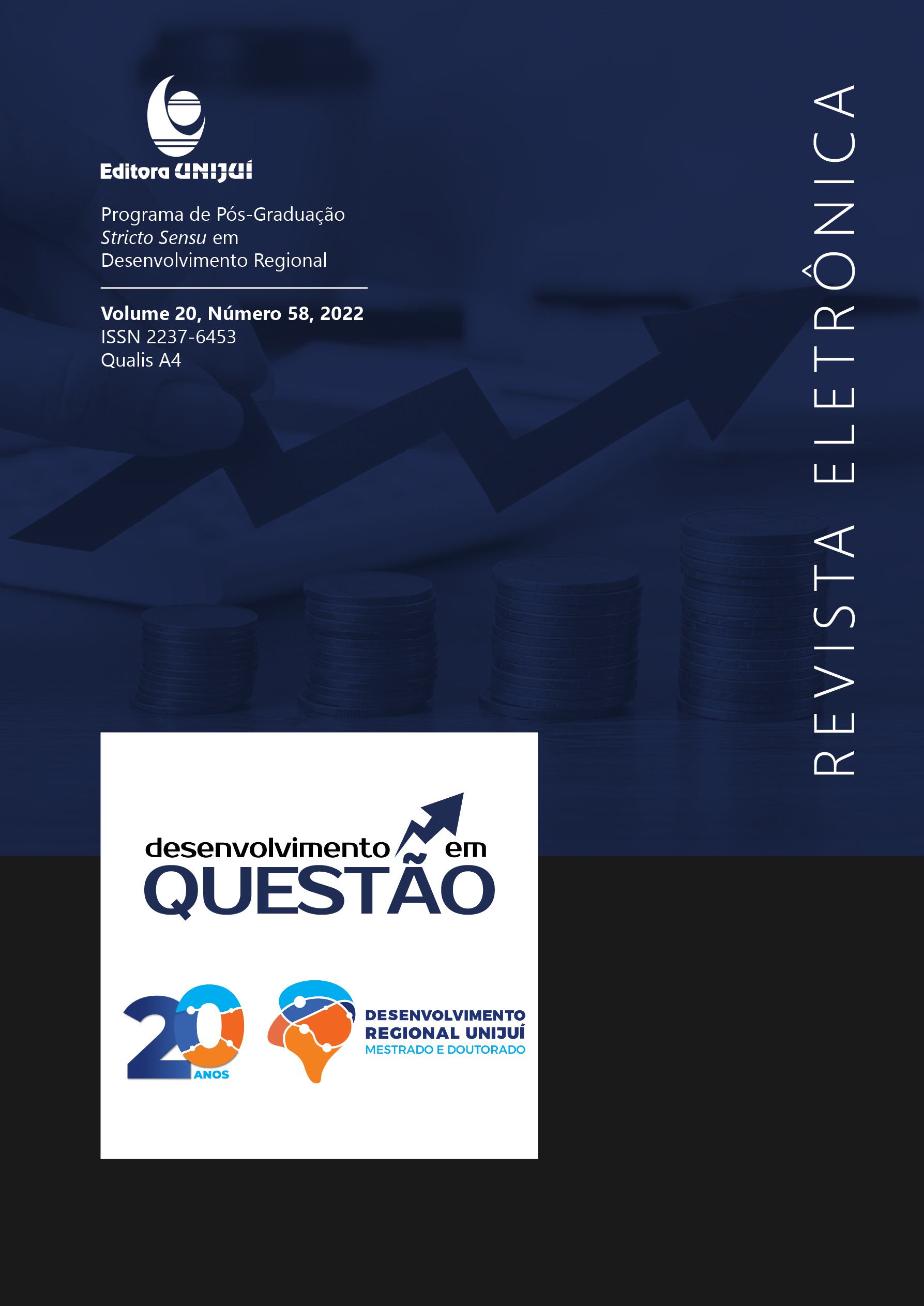Avaliação de impactos ambientais em indústrias de cerâmicas vermelhas
DOI:
https://doi.org/10.21527/2237-6453.2022.58.12351Palabras clave:
Degradação Ambiental. Fábricas Ceramistas. Sustentabilidade. PaudallhoResumen
A produção de cerâmicas vermelhas para construção civil no Vale do Rio Capibaribe, especificamente no município de Paudalho – PE –, tem crescido significativamente. Este crescimento, no entanto, tem acontecido sem o acompanhamento de estudos específicos das problemáticas ambientais envolvidas. O objetivo deste artigo é identificar os impactos ambientais desse segmento industrial. Para isso, julgamos necessário aplicar ferramentas rápidas e precisas de avaliação. Deste modo, utilizamo-nos da Matriz de Leopold, a qual mostrou-se eficiente no que se refere à delimitação das causas e dos efeitos da atuação das atividades ceramistas em cada etapa da produção. Como resultados, obtivemos 17 impactos positivos e 238 negativos, o que nos levou a concluir que existe uma expressiva quantidade em termos de impactos maléficos gerados pelo setor no município de Paudalho, evidenciando a necessidade do estabelecimento de ações sustentáveis capazes de amenizar os problemas que acontecem no meio físico e social.
Descargas
Publicado
Cómo citar
Número
Sección
Licencia
Derechos de autor 2022 Desenvolvimento em Questão

Esta obra está bajo una licencia internacional Creative Commons Atribución 4.0.
Ao publicar na Revista Desenvolvimento em Questão, os autores concordam com os seguintes termos:
Os trabalhos seguem a licença Creative Commons Atribuição 4.0 Internacional (CC BY 4.0), que permite:
Compartilhar — copiar e redistribuir o material em qualquer meio ou formato;
Adaptar — remixar, transformar e criar a partir do material para qualquer fim, inclusive comercial.
Essas permissões são irrevogáveis, desde que respeitados os seguintes termos:
Atribuição — Atribuição — os autores devem ser devidamente creditados, com link para a licença e indicação de eventuais alterações realizadas.
Sem restrições adicionais — não podem ser aplicadas condições legais ou tecnológicas que restrinjam o uso permitido pela licença.
Avisos:
A licença não se aplica a elementos em domínio público ou cobertos por exceções legais.
A licença não garante todos os direitos necessários para usos específicos (ex.: direitos de imagem, privacidade ou morais).
A revista não se responsabiliza pelas opiniões expressas nos artigos, que são de exclusiva responsabilidade dos autores. O Editor, com o apoio do Comitê Editorial, reserva-se o direito de sugerir ou solicitar modificações quando necessário.
Somente serão aceitos artigos científicos originais, com resultados de pesquisas de interesse que não tenham sido publicados nem submetidos simultaneamente a outro periódico com o mesmo objetivo.
A menção a marcas comerciais ou produtos específicos destina-se apenas à identificação, sem qualquer vínculo promocional por parte dos autores ou da revista.
Contrato de Licença (para artigos publicados a partir de 2025): Os autores mantêm os direitos autorais sobre seu artigo, e concedem a Revista Desenvolvimento em Questão o direito de primeira publicação.











